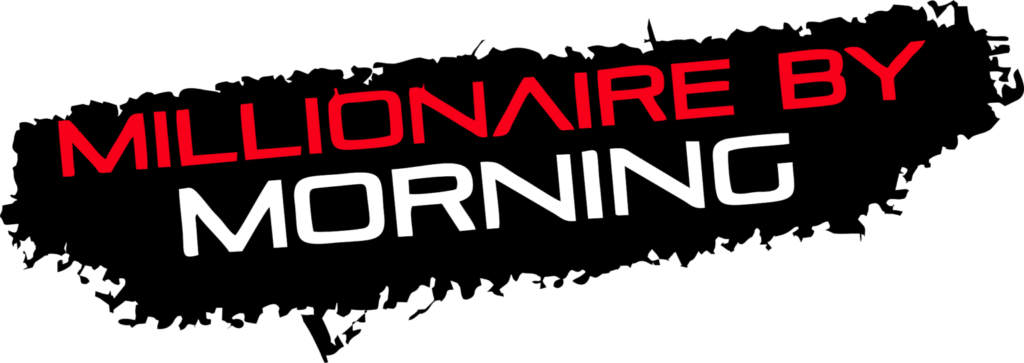What is the proper method for projecting a budget for a project?
In the gaming industry, we utilize the concept of FLC, which stands for fully loaded cost. This figure comprises the average monthly wage of an employee and all ancillary expenses, such as hardware and software costs, office space rent, electricity bills, and coffee expenses, among others. Typically, different studios have an FLC ranging from $10,000 to $15,000.
By utilizing this figure, we can quickly estimate budgets for teams of various sizes, such as 40 or 140 individuals, for a year or four. Furthermore, we are aware of the expenses that would be incurred if we go over budget.
For a considerable period of time, I have employed the approach of envisioning the most unfavorable circumstance conceivable and multiplying it by 2.5, and it has resulted in being correct most of the time.
We have adopted this method for years. Nonetheless, with the implementation of innovative methodologies, we have been achieving our targets more effectively than ever before in terms of adhering to schedules, budgets, and quality standards.
In my experience, setting clear goals and establishing a collaborative culture where everyone is aligned on the same objectives is crucial. This can help avoid unexpected costs and delays that can come from miscommunication or lack of clarity.
Another important factor to consider when managing budgets in the gaming industry is the constantly evolving nature of technology and the market. It's important to stay up-to-date with industry trends and be willing to adapt to new technologies and processes. This can help ensure that you're making the most efficient use of your resources and staying competitive in the market. Additionally, regularly reevaluating and adjusting your budget as needed can help you stay on track and avoid surprises down the line.
- 24 Forums
- 104 Topics
- 299 Posts
- 1 Online
- 2,472 Members

